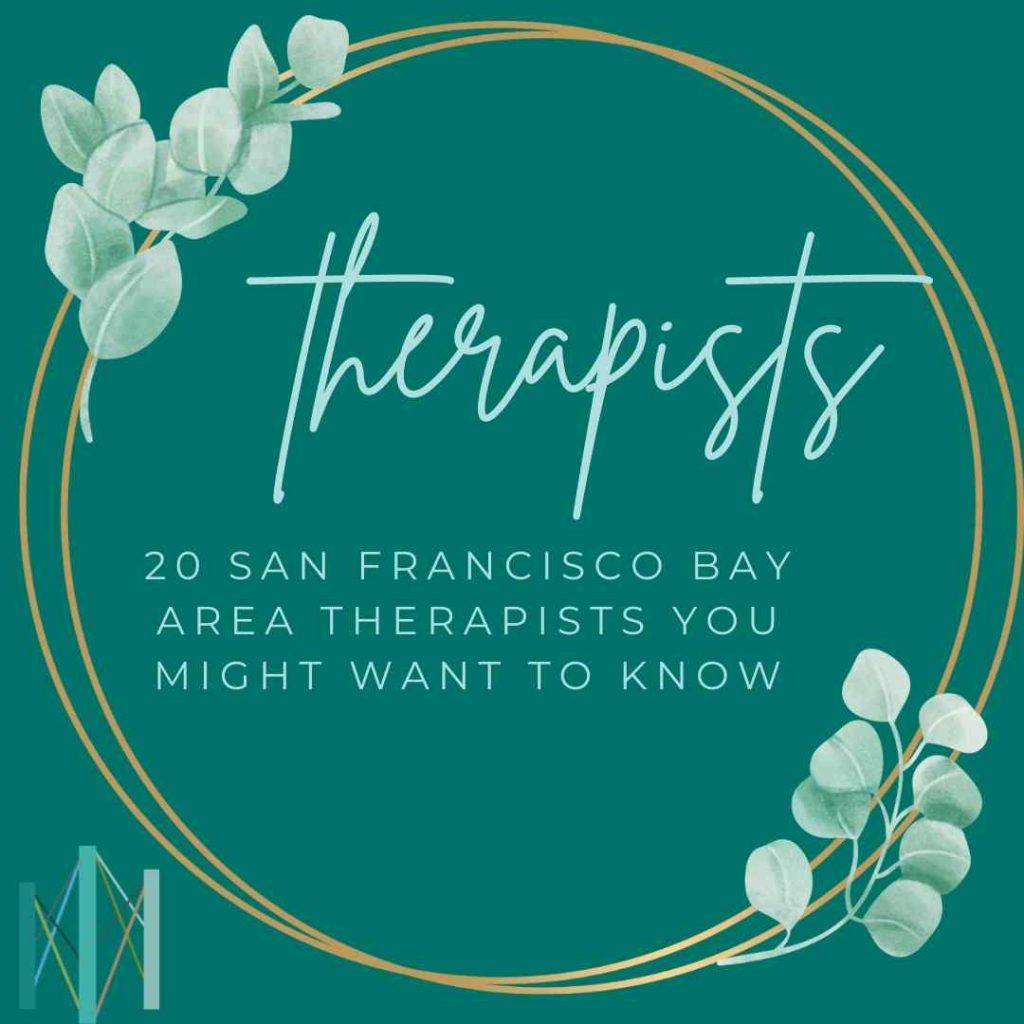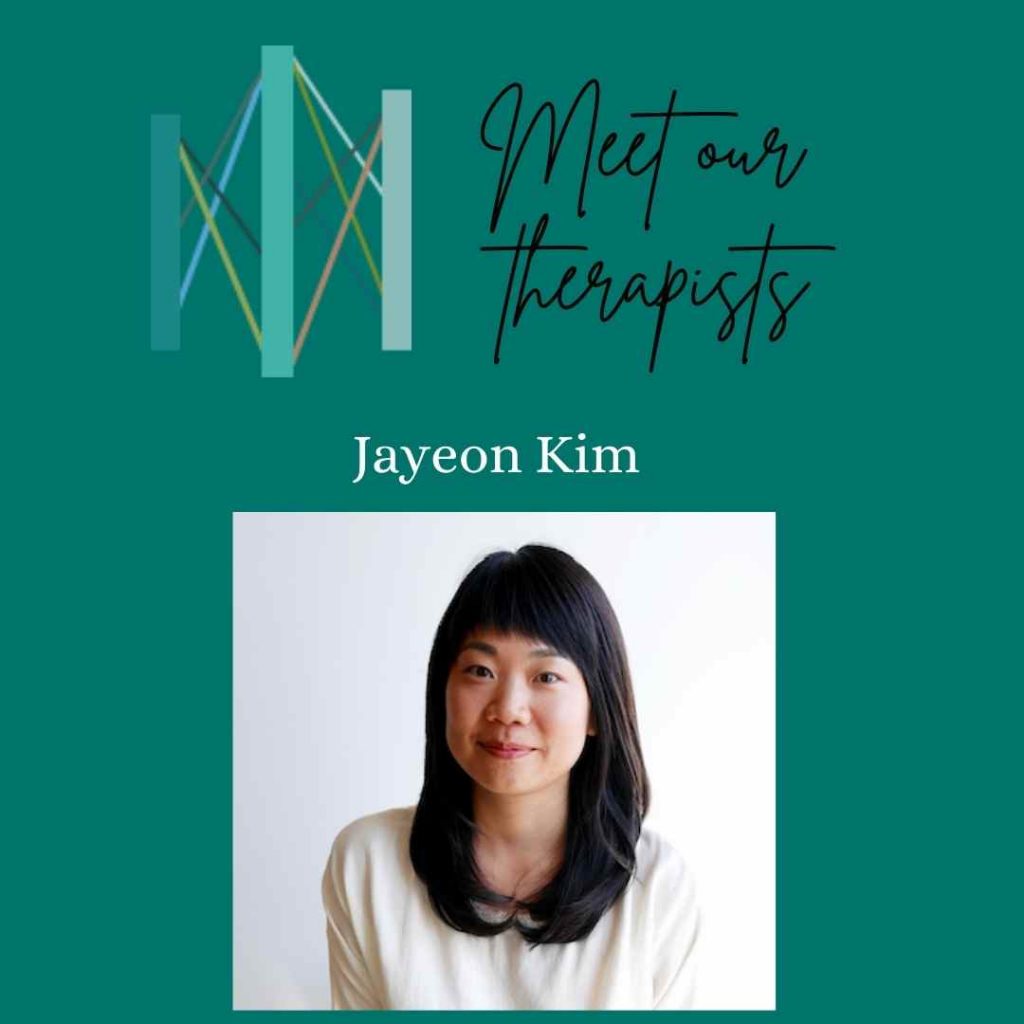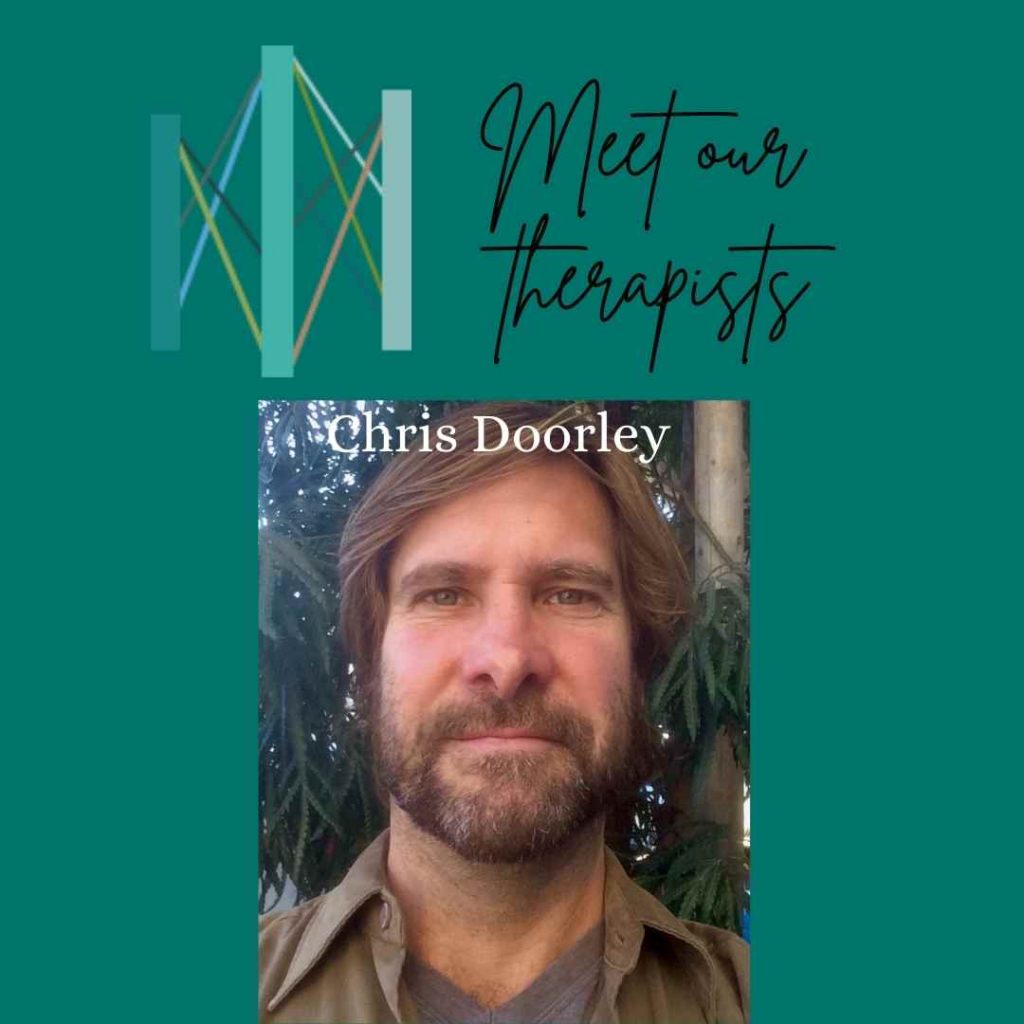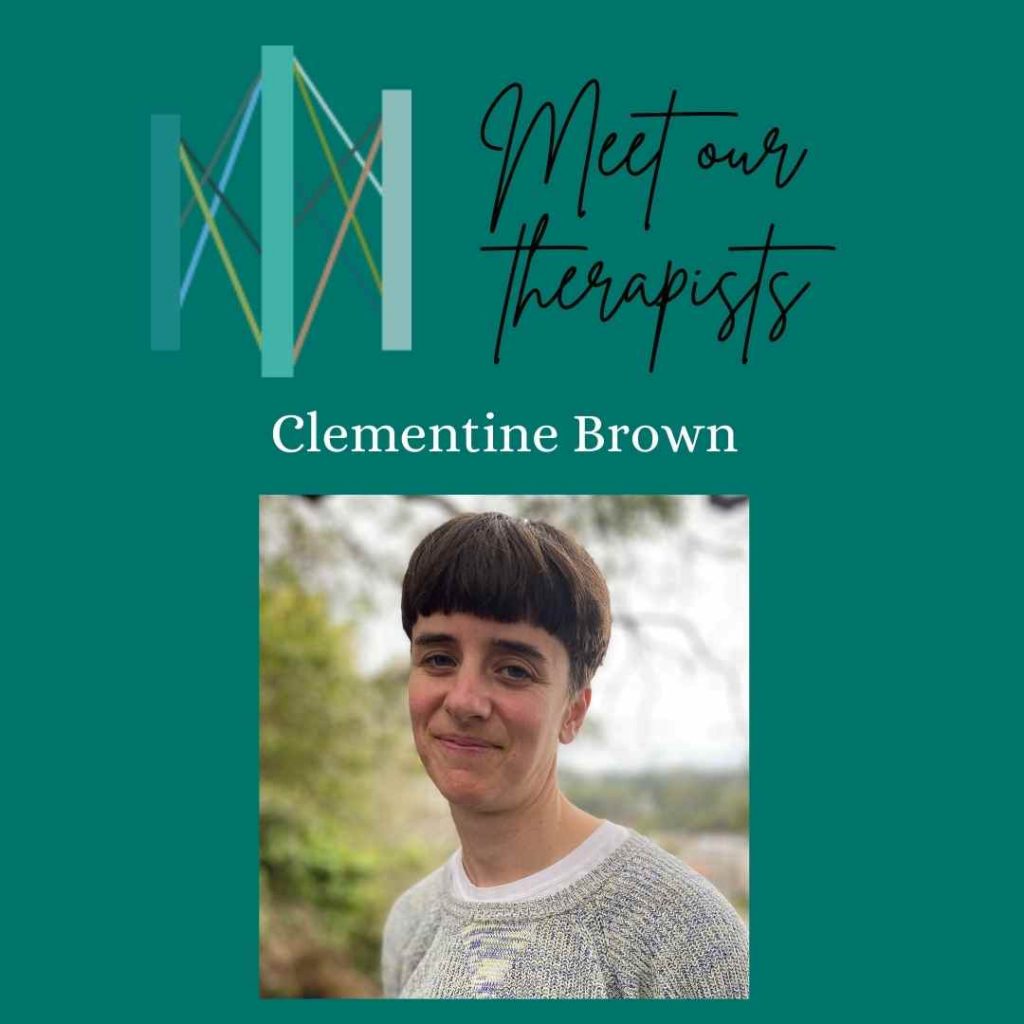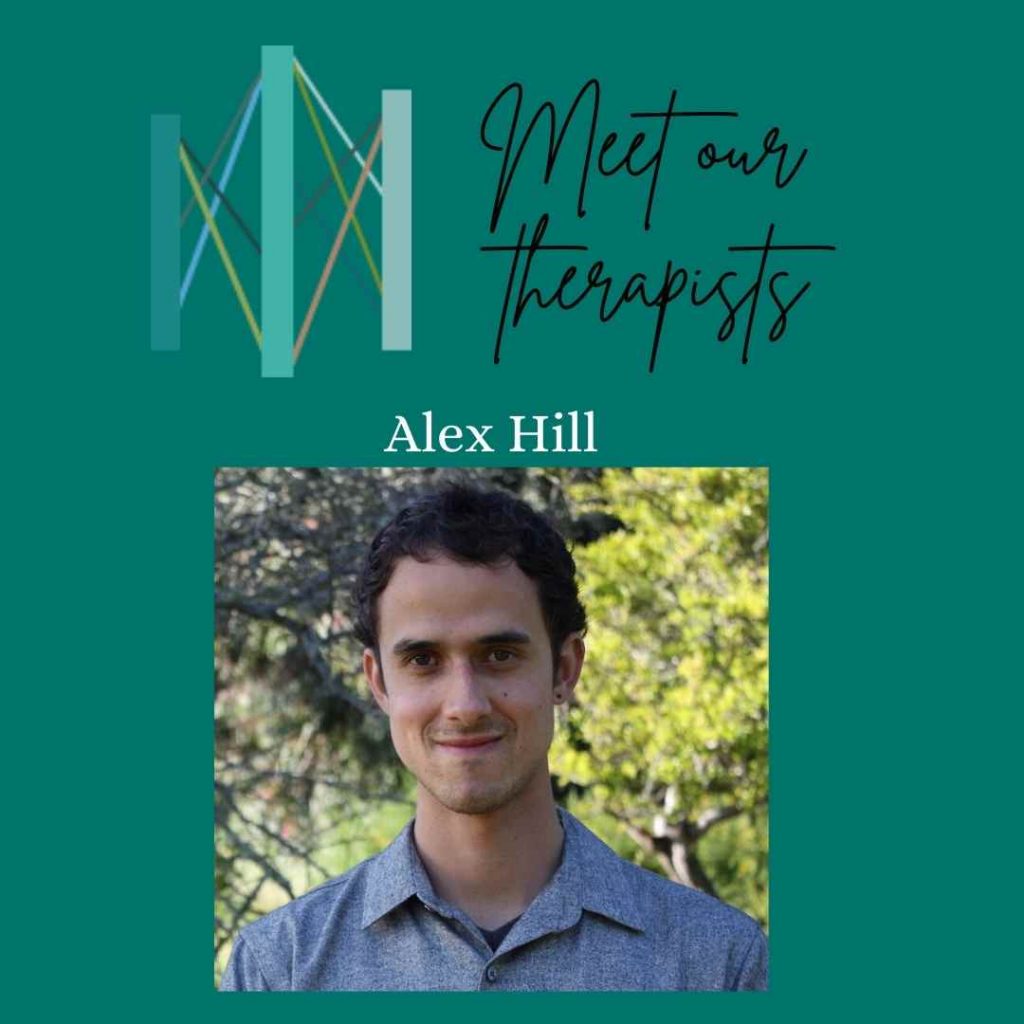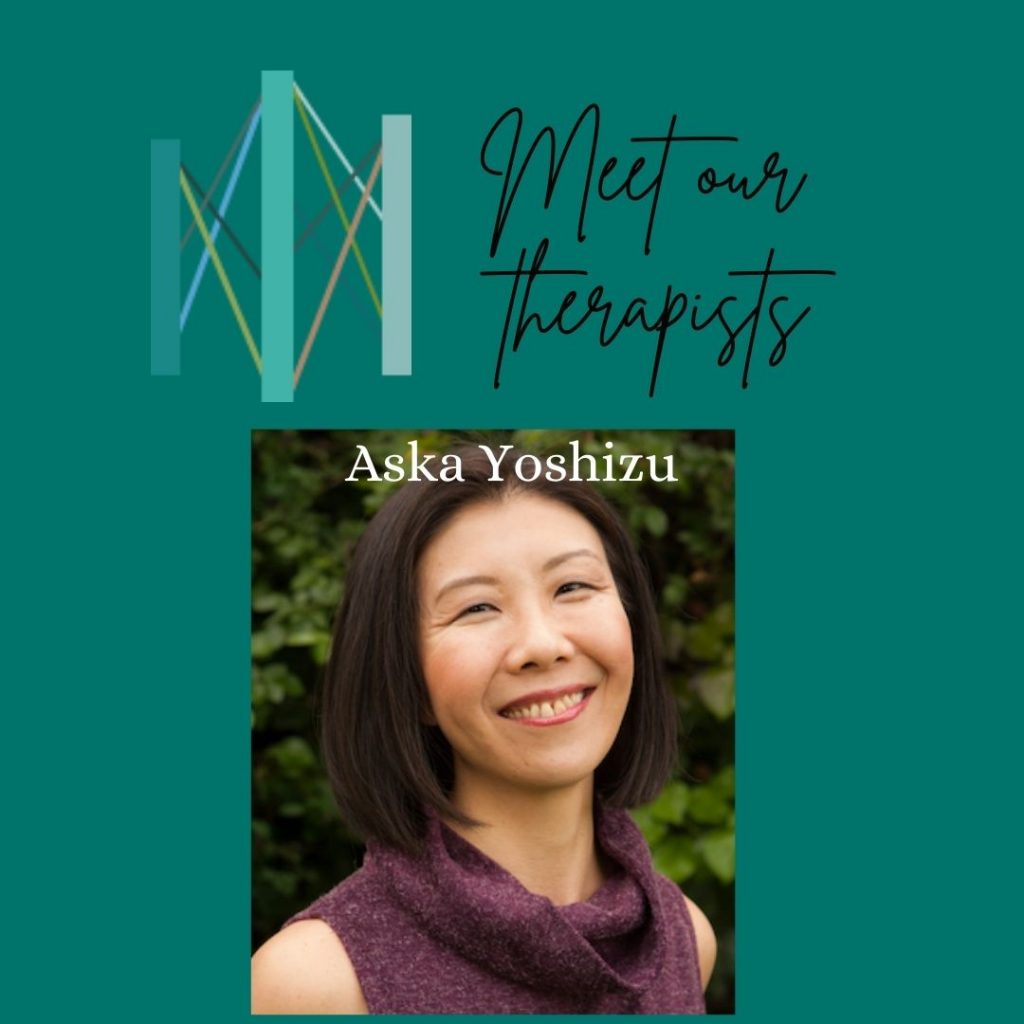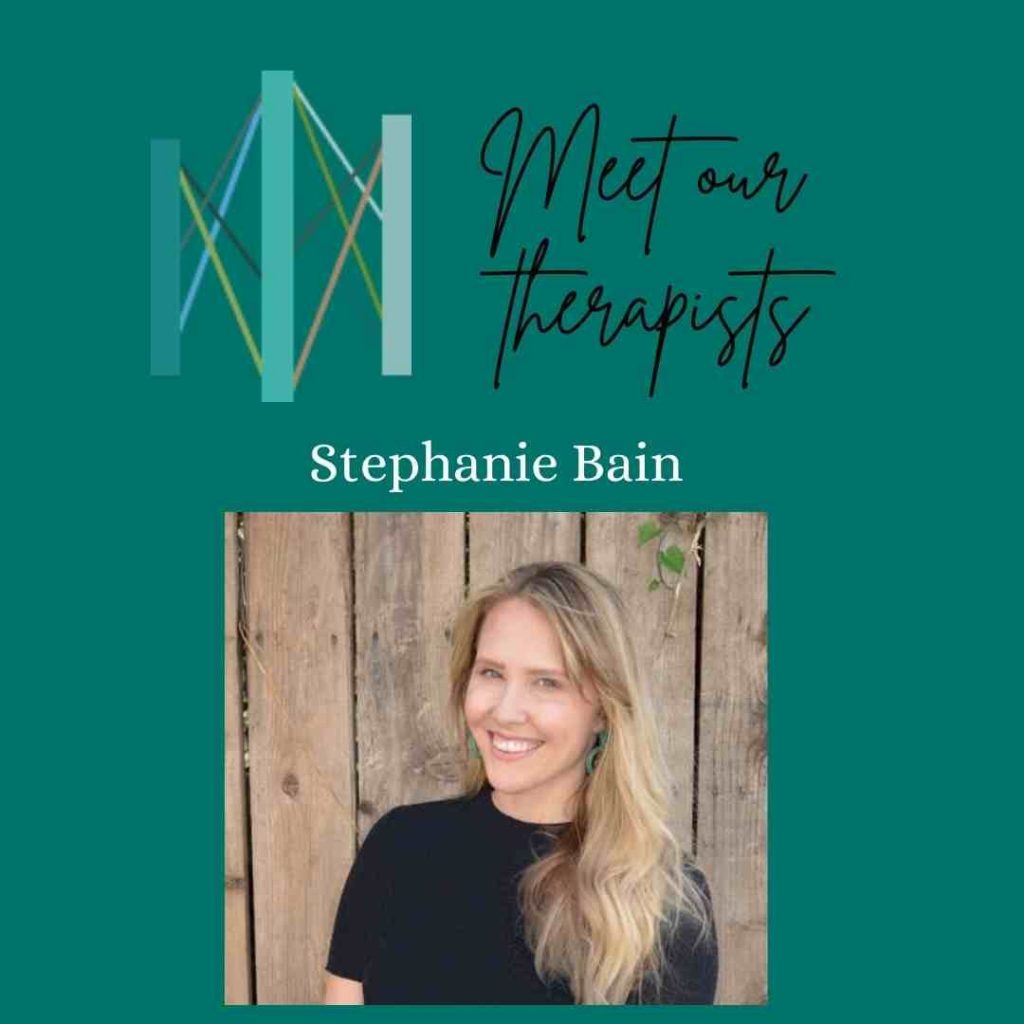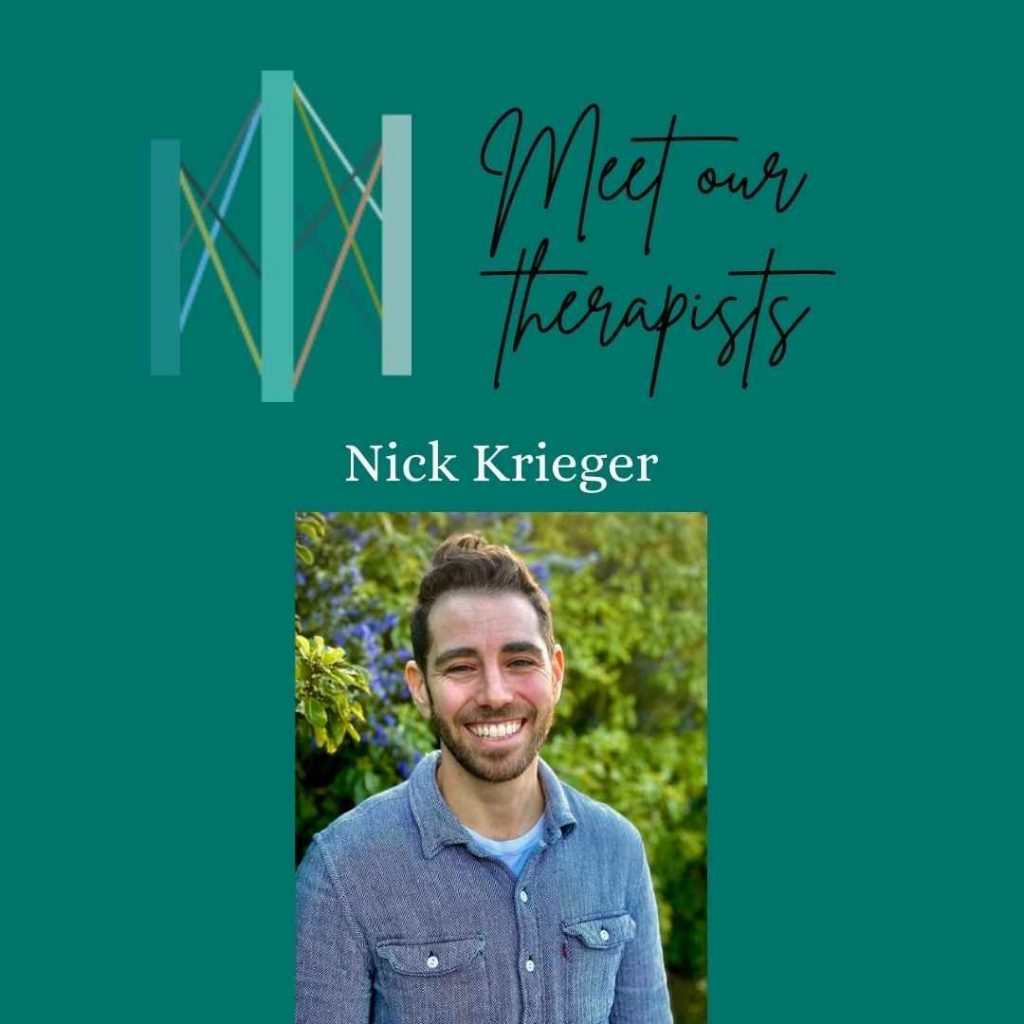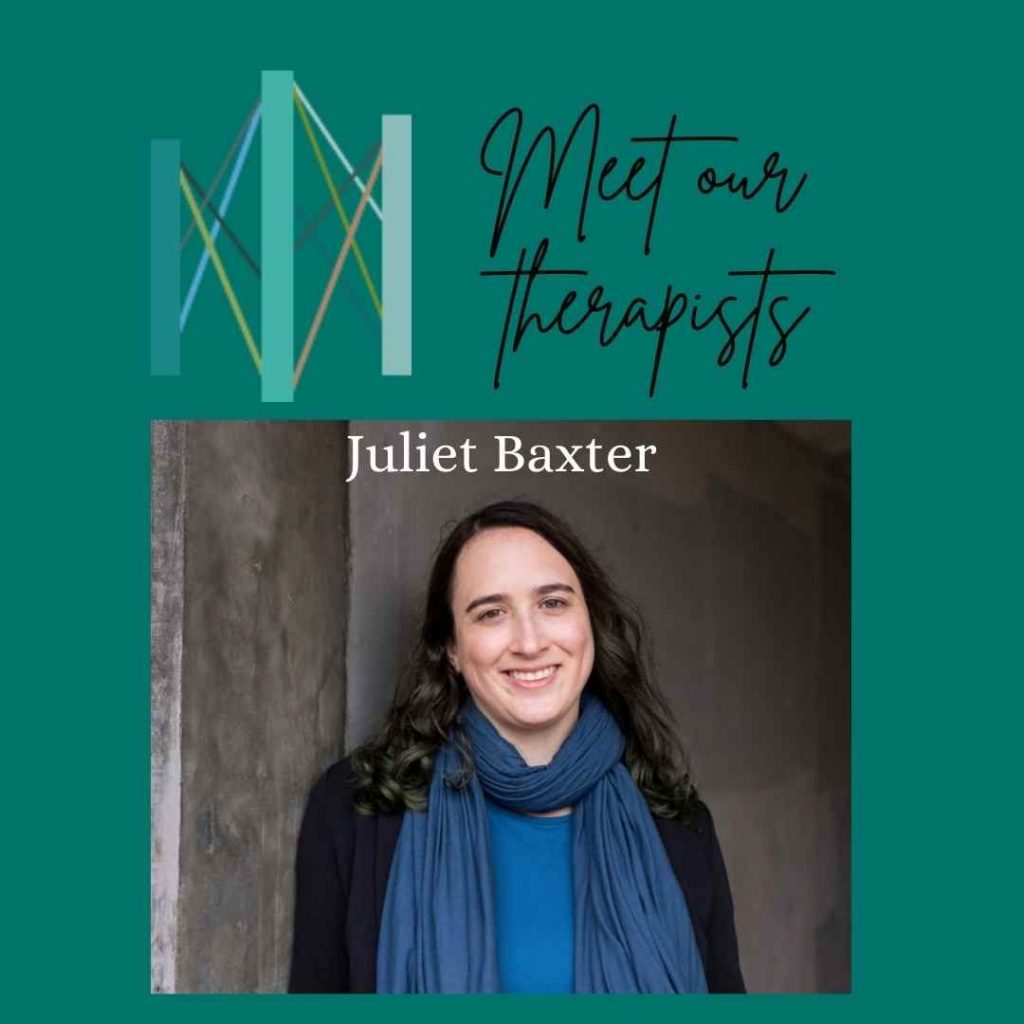
Therapy is a professional relationship. Sometimes people overlook the importance of that keyword: relationship. Of course, there are many different types of therapy. The modality is important. However, the person the therapist is – the way they work, the clients they serve, their core values – is also very important. Therefore, you’ll want to look for the therapist who is right for you. You can find out more about all of our therapists in our Therapist Directory. Today, we thought we’d tell you a little bit more about 20 San Francisco Bay Area therapists in our network that you might want to work with. Click through to learn more about each of these San Francisco therapists. Or contact us today about an appointment.
1. Meet Jayeon Kim
Jayeon Kim (she/her) moved to the United States as a young adult after growing up in a small town in South Korea. She says, “A long, fertile journey has since led me to become a therapist.” She adds, “As an Asian immigrant and dedicated student of Buddhism, I offer my own cultural assimilation, integration, and perspectives in therapy. I incorporate creative problem-solving skills and safe facilitation practices that I’ve embodied through my design career into therapy.”
2. Meet Chris Doorley
Chris shares, “My practice draws from awareness practices including mindfulness, meditative practices (Vipassana & Zen). I also use my years of Gestalt training to encourage ways to uncover your natural resilience, equanimity, creativity, and innate insight.” In terms of working style: “I view myself as a guide and a resource for those seeking to discover their natural wellness and whole Self.”
3. Meet Rory Valentine Diller
Rory has “a decade of experience working with youth in crisis at community programs and medical settings across the Bay Area including survivors of domestic violence, LGBTQ folx, and youth in psychiatric emergency struggling with suicidal thoughts and self harm.” Rory has also worked with “male and masculine-identified survivors of sexual trauma, addicts in recovery, and Trauma Survivors.” Therefore, Rory specializes in Trauma (including PTSD and Complex Trauma) using a mixture of therapeutic approaches including expressive arts, equinox’s therapy, somatic therapy, and more.
4. Meet Binky Mendoza
Binky Mendoza enjoys working with individuals and couples who are adjusting to life in the San Francisco Bay Area. Some of Binky’s approaches to therapy include AEDP, Attachment work, and Dance or Movement therapy.
5. Meet Clementine Brown
Clementine uses psychodynamic and humanistic therapist long with additional supportive techniques to assist clients with varied needs. This includes talk therapy, noticing and attending to the feelings that arise, and creating space to fully explore and express those feelings. Moreover, working with Clementine might include using “somatic (body-based) and other cognitive-behavioral practices” to “build skills to tolerate difficult feelings.” Clementine adds, “It’s often useful to understand how our individual and relational struggles are related to the systems of oppression we live in and were raised in. Together we will identify and bolster strengths and resources you have—in yourself, your family, your communities, and your culture.”
6. Meet Amy Golsong
Amy’s therapeutic approach “blends talk therapy, somatics (body) and parts work” in “an open and safe space that is free of judgment.” Amy shares, “I invite you to come as you are – messy, mad, fearful, confused – knowing that all your experiences and feelings are encouraged, welcome and respected. I see therapy as a deeply creative process – a time where you can put on hold the day to day and begin to understand and release old patterns that no longer serve you, heal old wounds and bring forward desires and dreams close to your heart.”
7. Meet Alex Hill
Alex Hill is one of the San Francisco Bay Area therapists who uses a combination of psychodynamic therapy and attachment theory to assist people with various challenges. Those challenges “may involve addressing unresolved trauma, anxiety, depression, dissociation, developmental issues, or relationship issues, to name a few.” Alex adds, “My style is collaborative, warm, and accepting with a holistic emphasis—I tailor each therapy to your unique personality, history, and life circumstances.”
8. Meet Madelyn Fish
Many San Francisco therapists, including Madelyn Fish, are LGBTQIA+ affirming. Madelyn adds “kink/poly affirming” as well and emphasizes utilizing a social justice informed approach to therapy. Madelyn shares, “I work especially well with critical thinkers and cerebral types.” And adds, “I’m passionate about supporting my clients’ understanding of themselves and helping them feel like they deserve to take up more space. Connecting more to your experiences takes courage, and it’s the first step towards towards integration and honoring your whole self.”
9. Meet Ab (Abigail) Krumbein
Similarly, Ab works “with queer, trans, and nonbinary people, healers, activists, people healing from interpersonal and systemic violence, and those longing for deeper relationships with themselves and others.” Sometimes, people want to know a little bit more about their San Francisco therapists. If that sounds like you then, you might want to know that Ab adds, “I am a white, queer, nonbinary femme and ashkenazi jew. My style is warm, playful, gentle, and experiential.” And Ab adds, “I approach this process somatically, meaning we will listen for your sensations, emotions, movements, and memories as clues to guide the healing journey. I also believe we heal in relationship. I offer a place to explore your experience of connection and to practice how you want to relate with yourself and others.”
10. Meet Tig Parker
Meet another one of our LGBTQIA+ affirming San Francisco Bay Area therapists. Tig writes, “I have lived experience navigating gender non-conformity and understand the unique nuances encountered by trans, non-binary folx and other members of the LGBTQIA+ community. While my queerness is core to who I am, I work with people of various backgrounds and intersecting identities.” Tig is also one of the San Francisco therapists who incorporates somatic therapy into the work, sharing, “I’m particularly interested in therapeutic work that focuses on awareness—I think the more awareness we have of our internal landscape, the more opportunities for choice and agency there are. Exploring the somatic experience and supporting clients to trust the wisdom of their bodies is central to my approach.”
11. Meet Sarah Fisher
Most of our San Francisco therapists combine education and experience in different modalities. For example, meet Srah Fisher, who says, “My training is in relational, psychodynamic therapy, but I draw inspiration from somatic therapy, humanistic therapy, Gestalt, mindfulness, and my own experience of being human.” Sarah has a down-to-earth warm approach and says, “I aim for directness with my clients when needed and use my compassion, humor, and presence to transform suffering into resilience.”
12. Meet Ajay Dave
Ajay uses a holistic, strengths-based approach to therapy, working with both adults and children. Ajay says, “With adults I work in a very somatic, relational way to address issues ranging from trauma to anxiety to concerns about the world. With children, I work with issues ranging from anger to emotional regulation to ADHD and autism.” Like many other San Francisco Bay Area therapists, Ajay believes in “an integral, post-modern approach to therapy that builds on the successes of conventional therapeutic methods and practices and incorporates understanding of trauma, social justice theory, somatics, attachment, neuro-diversity and more.”
13. Meet Aska Yoshizu
Aska uses a body-based approach to help people coping with trauma. Aska shares, “Teaching Yoga & Meditation and providing Bodywork & Reiki over the last 14 years, I have witnessed deep emotional healing of numerous people when they opened up to felt-sense experiences in their bodies. This informed the idea that the more connected we are to our own bodies, the more resilient we become. Recent neuroscientific findings support this idea. Fascinated by scientific support, I have added more body-based therapy tools; Trauma Releasing Exercises, Hakomi Therapy, Somatic Experiencing, and Brainspotting.”
14. Meet Colleen Haddock
Colleen says, “My work is grounded in a collaboration of relational, mindfulness, client centered, transpersonal, and somatically informed psychotherapy theories.” Colleen works with people from all walks of life, bringing an “open mind and heart to create a safe space for healing and empowerment to occur.” Colleen adds, “I find that when we bring to light things that are so expertly shuffled to hidden unseen places, that there is a transformation that can occur. I find it a privilege to be able to meet up with others on their journey to witness their development, help them see new possibilities along the way, and to strengthen their endurance and curiosity to keep moving forward. My passion is to support individuals and couples to discover a way of being that is in alignment with their best selves.”
15. Meet Stephanie Bain
Stephanie shares, “I work with individuals who have been told they’re “too sensitive” or “too much,” or have felt misunderstood or feel alienated from the mainstream. I work with non-traditional families or partners looking for a therapist who “gets it.” You are not too intense, too much, too sensitive, too “out there.” The whole of you is welcome with me. I do not seek to ‘fix’ clients. Instead, we will work collaboratively to discover and align with your inner wisdom.”
16. Meet Christian Heinitz
Christian explains, “I utilize wisdom from Eastern and Western psychology as well as the body, often incorporating mindfulness, parts work, dreams, and play. I trust in our innate capacity to heal. Therapy is a means of discovering our own unique resilience. I will be deeply committed to walking beside you and offering support where this work leads.
17. Meet Odessa Avianna Perez
Odessa shares, “As a biracial, white-presenting Latina, I hold both indisputable white privilege as well as more hidden intergenerational systemic oppression, both of which deeply inform my therapeutic approach. With my spiritual lineage in western sufism and a background in energy healing, I can also hold more mystical and magical frameworks, yet I remain grounded in the reality of this material plane and the structures and power dynamics we find ourselves in.” Moreover, Odessa adds, “Drawing from my background in dance and bodywork, I bring a diversity of body-based knowledge into the room. I specialize in Somatic Psychotherapy, with a focus on mindfulness, attachment, nervous system regulation, and dance and movement therapy. I am trauma-informed, and consistently incorporate social and racial justice lenses.”
18. Meet Nick Krieger
Nick says, “My role is to accompany and facilitate your process. Values that infuse my work include: social justice (bringing in the systems of oppression that operate in the greater culture and have become internalized inside of each of us), awareness (slowing down and paying non-judgmental attention to thoughts, feelings, and bodily sensations), and relationships (learning how we impact and are impacted by others).”
19. Meet Juliet Baxter
Juliet says, “I am a trauma-informed somatic psychotherapist. My journey started with dance and unfolded through art. Both, in my view, are excellent ways to express that which cannot be easily verbalized. My work blends together traditional talk therapy with other pathways of introspection like body awareness and art therapy.” As you can see, many of our San Francisco therapists incorporate creativity and body-based work along with talk therapies to help you along your journey.
20. Meet Andrea Baxter Drugan
Andrea shares, “My approach to therapy is warm, engaged, and collaborative. Research consistently shows that the greatest predictor of therapeutic success is the experience of the relationship, and as such I am attentive to your experience of therapy and your unique and specific needs. I draw on depth approaches that help to uncover and transform deeper-set patterns of relating with our selves and with others, along with methods of working in the present moment with mindfulness, emotions, and the body.”
As you can see, Andrea reiterates (and most San Francisco Bay Area therapists would agree), that the relationship is crucial to the therapeutic process. Take the time to find the therapist who is truly right for you!

